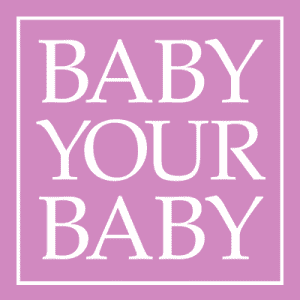Playing any sport can mean a chance of injury. However, many injuries can be prevented by using the proper safety gear.
When you are buying sports equipment , choosing the right safety equipment could mean the difference between a healthy life, severe injury, or even death for your child. The most important gift is keeping your child safe while on wheels or on the slopes.
ATVs
- ATV-related deaths and injuries have gone up as bigger and faster all-terrain vehicles have become available.
- ATV deaths and injuries commonly occur due to rollovers, collisions with non-moving objects and falls from the vehicle.
- ATVs are difficult to operate and children under the age of 16 do not have the mental and physical capabilities to operate them safely in all situations.
- Children under the age of 16 who are riding on ATVs are four times more likely than older operators to be taken to the emergency room because of an injury.
- Safe Kids recommends that children under the age of 16 NEVER ride or operate an ATV of any size, including youth-sized machines.
- 670 children, ages 19 and under, are seen in Utah emergency rooms each year because of ATV injuries.
- Purchase a Department of Transportation approved helmet rated for motorized use, over-the-ankle boots, goggles, gloves, long-sleeved shirt and long pants.
Snow Skiing and Snow Boarding
- About 40 kids are taken to the emergency room each year because of snowmobile crashes.
- About 22 percent of ski and snow board injuries are serious enough to cause loss of consciousness or a concussion.
- More than 50 percent of snow sport related injuries among children 14 and under can be prevented by the use of a helmet. These injuries include damage to the top of the head, the back of the head, the forehead and the side of the head above the ear.
- The use of ski and snow board helmets will reduce the risk of head injury on the slopes.
- When shopping for a helmet, your first priority is FIT.
Bike and wheeled sports
- Children riding bikes, scooters, skateboards and inline skates should only ride on sidewalks and paths until age 10.
- Bikes are vehicles, not toys. The rider should be able to demonstrate riding skills and that they know the rules of the road before riding there.
- The best thing you can do to protect your child while riding on a bike is to encourage them to wear a helmet that fits right. Do NOT negotiate.
- The first body part to fly forward in a bicycle collision is usually the head.
- Helmets should be comfortable and snug, centered on the top of the head and buckled. Helmets for bikes should have more coverage in the front of the head.
- Helmets for scooters should be approved by the Department of Transportation for motorized use. Include elbow and knee pads.
- For skateboards and inline skates, buy a helmet with more coverage in the rear of the head. Include elbow pads, knee pads and wrist guards.
NO HELMET CAN PREVENT ALL HEAD INJURIES. Even in very low-speed accidents, serious injuries can happen. For maximum protection the helmet must be fitted and attached properly to the wearer’s head.

 Free info for you and your baby! Text BABY to 511411
Free info for you and your baby! Text BABY to 511411